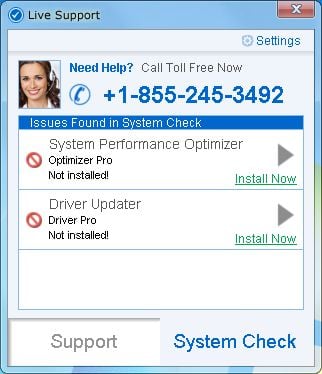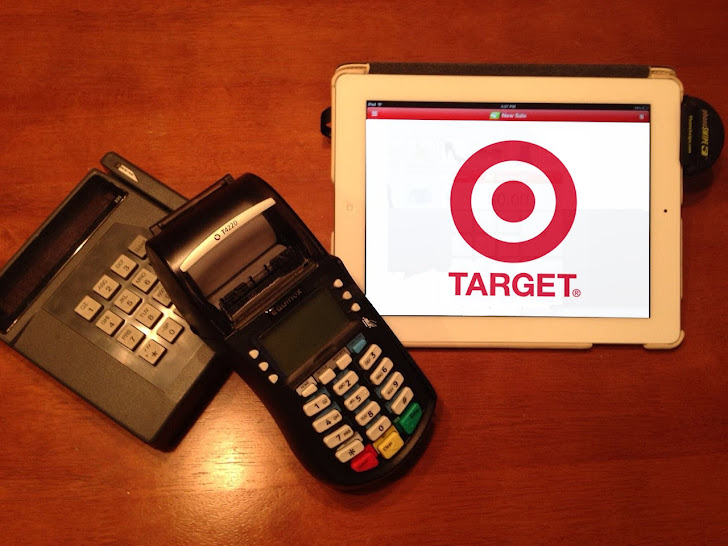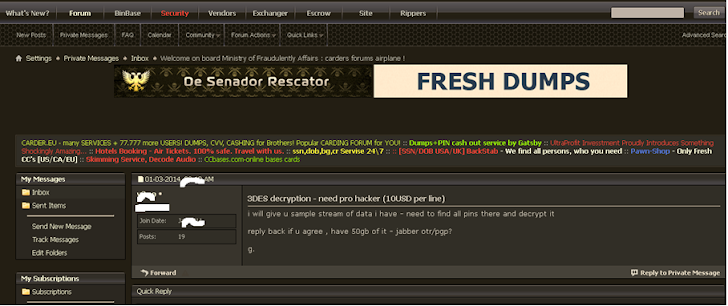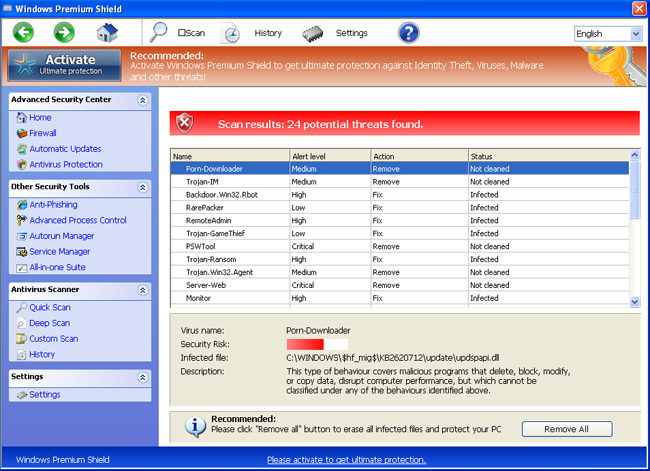Startup Shortcuts
- Hold the ‘x’ key during startup. This will force the Mac to boot from OS X, no matter which disk is specified as the startup disk.
- Hold the ‘c’ key during startup to boot from a bootable CD or DVD.
- Hold the ‘n’ key during startup to boot from a networked computer that has a NetBoot volume.
- Hold the ‘t’ key during startup to boot in FireWire Target Disk Mode. This mode lets you use any Mac with a FireWire port as the source for your bootup system.
- Hold the ‘d’ key during startup. If the Apple Hardware Test DVD is in the optical drive, the Apple Hardware Test will begin.
- Hold the option key during startup. The OS X startup manager will appear, allowing you to select a disk to boot from.
- Hold the shift key during startup. This will boot your computer in Safe Mode. Safe Mode disables login items and non-essential kernel extensions from starting up.
- Hold the command + r keys during startup. This will cause your Mac to use the Recovery HD partition, which will allow you to restore OS X Lion or later.
- Hold Command + ‘v’ during startup The command key is the key with the cloverleaf symbol. This shortcut will boot your Mac in Verbose Mode, with descriptive text sent to the display during the startup process.
- Hold Command + ‘s’ during startup. This shortcut will boot your Mac in Single-User Mode, a special mode used for troubleshooting and repairing complex hard drive issues.
- Hold down the mouse’s primary key during startup. On a two- or three-button mouse, the primary key is usually the left button. This shortcut will eject a CD or DVD from the optical drive.
- Hold Command + Option + ‘p’ + ‘r’ during startup. This zaps the PRAM (Parameter RAM), an option that long-time Mac users will remember. Press and hold the key combination until you hear the second set of chimes. Zapping the PRAM returns it to its default configuration for display and video settings, time and date settings, speaker volume, and DVD region settings.
In all cases, you should use the keyboard shortcut combinations immediately after pressing the Mac’s power switch, or, if you used the Restart command, after the Mac’s power light goes out.



